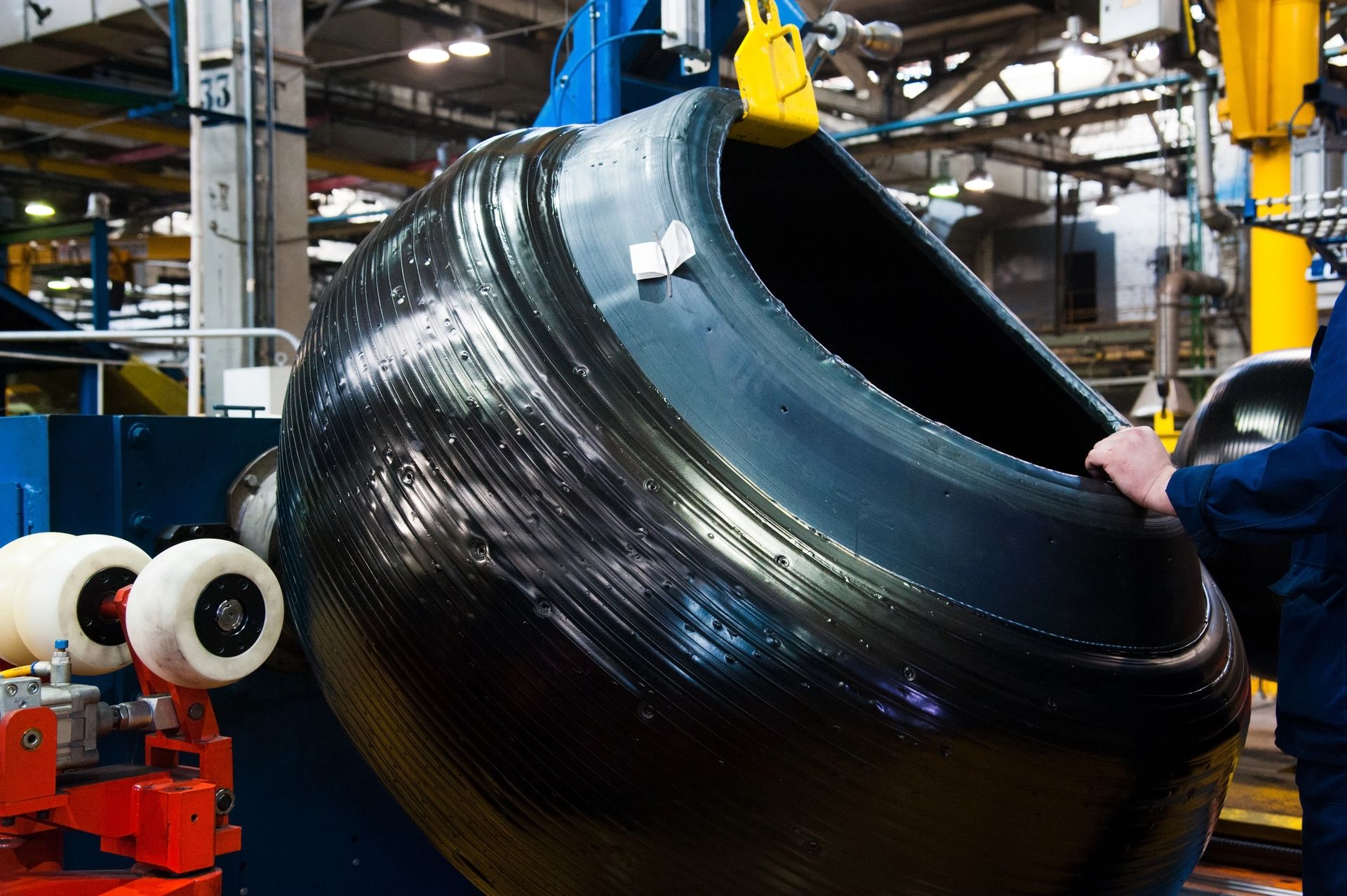Plastics Manufacturing in Focus: Rotational Molding Machine and Polyethylene Rotational Moulding
In the evolving world of plastics manufacturing, innovation and efficiency are driving the industry forward. Among the technologies making a significant impact are the rotational molding machine and polyethylene rotational moulding. These methods have reshaped how plastic products are designed, produced, and delivered to meet today’s market demands.
A rotational molding machine operates by heating plastic resin inside a mold that slowly rotates along multiple axes. This rotation ensures that the material coats every surface of the mold evenly, resulting in a seamless and highly durable product. The beauty of this process lies in its ability to produce complex, hollow structures without the need for joints or welds, making it ideal for a wide range of applications from tanks to industrial containers.
On the other hand, polyethylene rotational moulding refers to the use of polyethylene (PE), a versatile thermoplastic, in the rotomolding process. Polyethylene is known for its strength, flexibility, and resistance to chemicals and UV rays. It’s one of the most preferred materials for rotational moulding, offering both longevity and recyclability qualities that align well with the growing demand for sustainable manufacturing.
Together, the rotational molding machine and polyethylene rotational moulding offer a powerful combination for businesses looking to create high-quality, cost-effective plastic products. From custom shapes to durable components, this duo supports everything from product design flexibility to long term performance in the field.
As industries continue to shift toward smarter, more sustainable production methods, these technologies are becoming more than just efficient they’re essential. Embracing them means investing in long term quality, reduced material waste, and the ability to meet custom specifications with precision.




Comments
Post a Comment